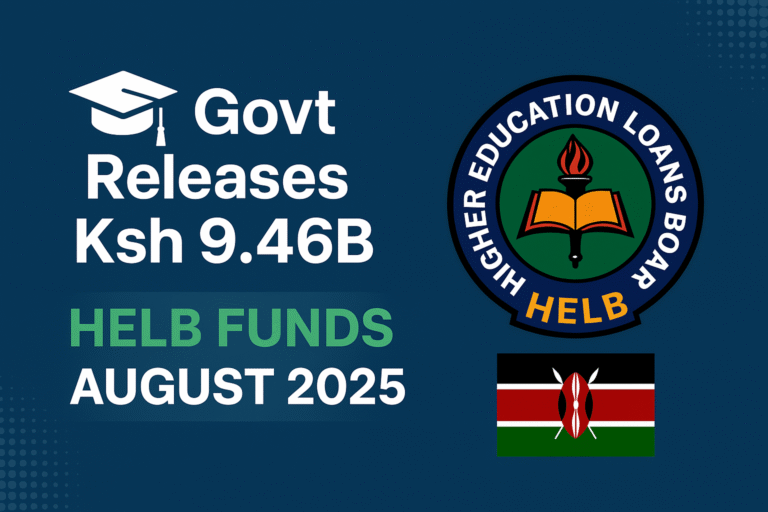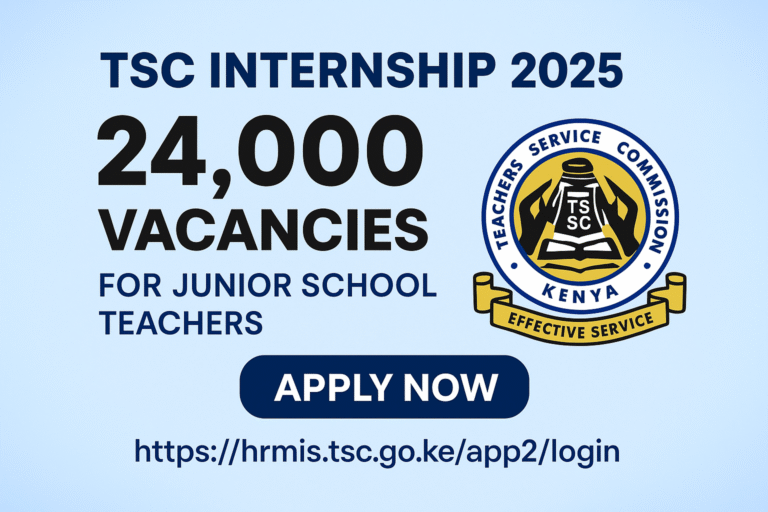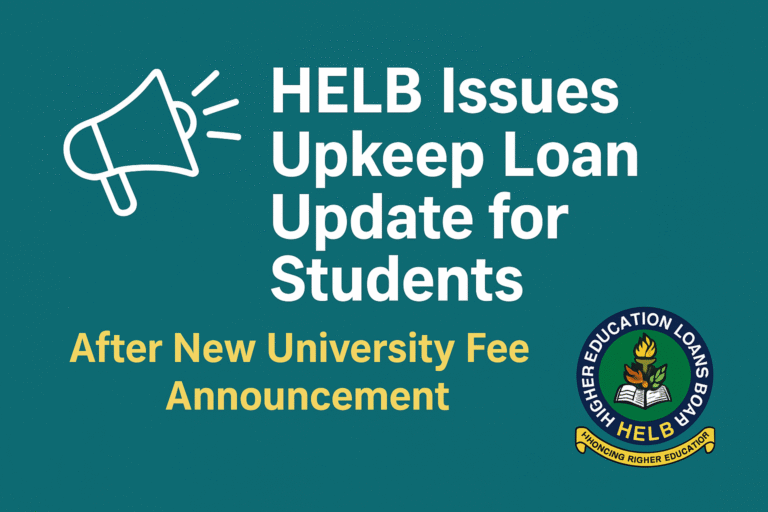Moi University is grappling with a worsening financial and operational crisis as student enrolment continues to decline, tuition revenue falls, and staff unrest intensifies. Enrolment has plunged from 48000 in 2015 to just 21000 students currently significantly reducing the institution’s income and pushing it into deeper financial distress. The university now faces growing concerns over its long term sustainability.
Despite receiving additional funding from the National Treasury the university has publicly admitted it cannot meet its wage obligations, prompting a painful restructuring plan that includes mass staff layoffs. Acting Vice Chancellor Kiplagat Kotut has defended the reorganisation as a necessary step toward restoring self sufficiency, acknowledging that Moi University is currently entirely dependent on government support for survival.
At the same time, the Universities Academic Staff Union (UASU) has issued a strike notice, demanding payment of overdue salaries and the implementation of a collective bargaining agreement. With Moi University preparing to admit first year students for the 2025-26 academic year, the looming strike threatens to disrupt academic operations and further expose the institution’s vulnerabilities.
Enrolment Collapse at Moi University From 48000 to 21000
Moi University has witnessed a massive drop in enrolment plunging from 48000 students in 2015 to just 21000 in 2025. This 56% decline has had severe consequences, slashing tuition revenues and intensifying the university’s dependence on government funding to sustain operations.
The reduced student population has not only weakened the institution’s financial position but also affected its long-standing academic legacy. Falling numbers mean less revenue, fewer programs, and a weakened position in national rankings fueling fears that Moi University’s long term sustainability is under threat.
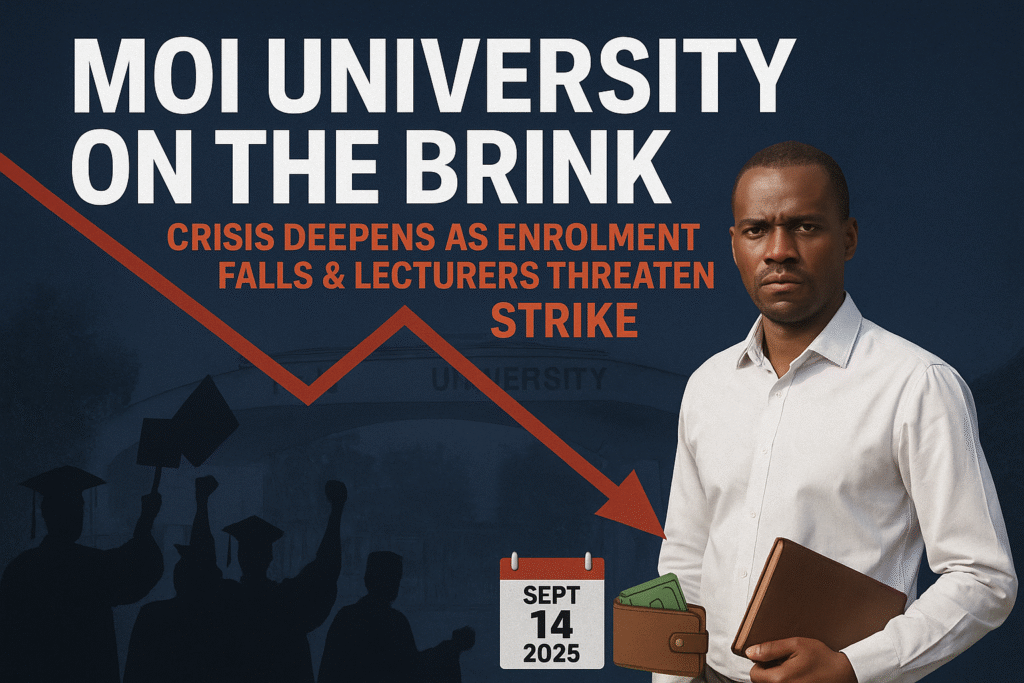
Financial Struggles Moi Admits It Can’t Pay Staff
Despite receiving additional allocations from the National Treasury, the university has publicly admitted its inability to meet wage obligations. In response, Moi University is implementing a painful restructuring programme that includes laying off hundreds of staff and streamlining operations.
“It is regrettable that we are currently totally dependent on the government to manage our operations. The reorganisation will make the university self-sustaining,” Acting Vice Chancellor Prof. Kiplagat Kotut (Daily Nation)
Prof. Kotut maintains that the restructuring is necessary to restore financial independence, but critics argue it’s a symptom of broader issues in Kenya’s public higher education system chronic underfunding, mismanagement, and weak revenue diversification.
UASU Strike Notice Lecturers Demand Their Dues
The crisis has escalated with a formal strike notice from the Universities Academic Staff Union (UASU). Lecturers are demanding
- Full payment of June and July 2025 salaries
- Implementation of the 2021–2025 Collective Bargaining Agreement (CBA)
- Enforcement of the return to work formula agreed earlier this year
UASU accuses the university of backtracking on commitments that ended a previous three-month strike, including:
- KSh 2.6 billion in secured assets and cash, with an immediate release of KSh 500 million
- A KSh 7.7 billion allocation under the 2021–2027 CBA, divided into:
- Phase 1: KSh 4.3B (2025/26)
- Phase 2: KSh 5.2B (2027/28)
“No single person in any rank can sit comfortably with the situation at hand,”
Ojuki Nyabuta, UASU Organising Secretary
Strike Threat Looms Over 2025-26 Admissions
The timing of the strike could not be worse. Moi University is preparing to admit thousands of first year students for the 2025-26 academic year. A shutdown would disrupt semester schedules, orientations, and classroom operations further compounding the institution’s challenges.
The standoff between university management and academic staff is not just a labour dispute it reflects deep structural weaknesses in university funding models and staff welfare frameworks.
Desperate Measures Selling Animals to Raise Cash
In one of the more unusual developments, Moi University has resorted to selling livestock as part of efforts to ease its cash flow crisis. The sales include:
- German Shepherd dogs at KSh 40,000 each
- Donkeys and bulls
This drastic move underscores the financial desperation of one of Kenya’s largest public universities and its struggle to maintain basic operations.
A Ray of Hope HELB Extends Application Deadline to September 14, 2025
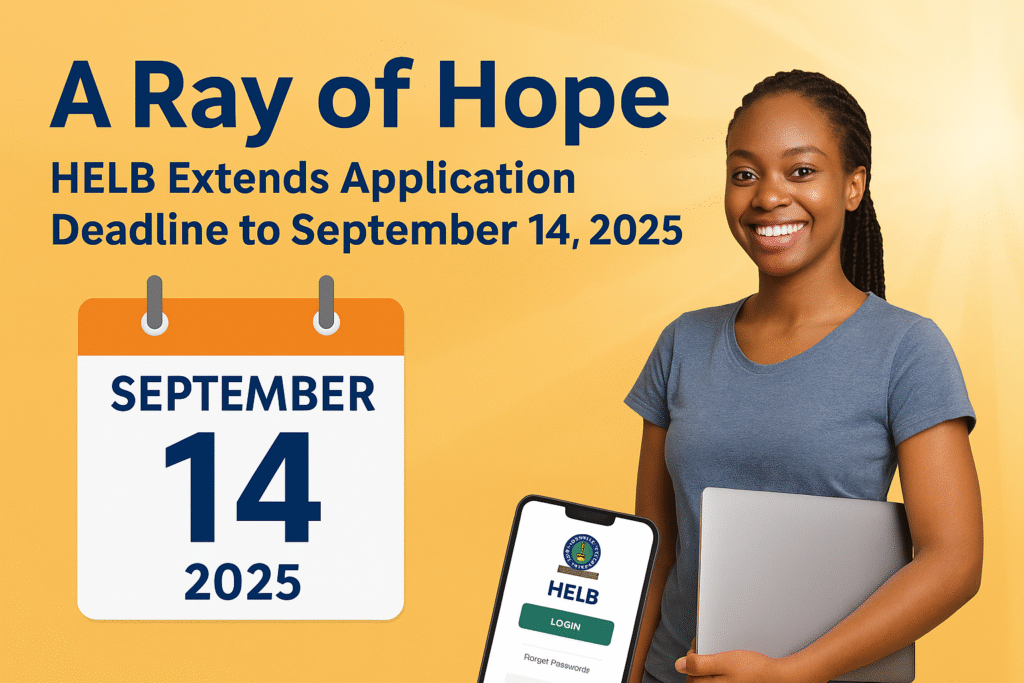
Amid this turmoil, thousands of students have received a much-needed reprieve after CS Julius Ogamba ordered an extension of the HELB application deadline. The deadline has moved from August 31 to September 14, 2025, giving students more time to apply for government loans and scholarships and get more information about TSC Internship 2025 Apply Now for 24,000 Junior School Teacher Vacancies in Kenya.
What This Extension Means for Students
Over 802,159 university and TVET students across Kenya benefit from this extension. Many come from low income households and depend on HELB funding for:
- Tuition
- Upkeep
- Learning materials
- Accommodation
The move also helps accommodate students delayed by late admissions or technical issues during the application process.
HELB & Universities Fund: KSh 23.16 Billion Disbursed
The Ministry of Education has disbursed KSh 23.16 billion for the 2025-26 academic year:
| Fund Source | Amount (KSh) | Purpose |
|---|---|---|
| HELB | 19.06 Billion | Tuition & Upkeep |
| Universities Fund | 4.10 Billion | Scholarships |
| Total | 23.16 Billion |
Fund Breakdown
- KSh 7.6B: Tuition payments (sent directly to institutions)
- KSh 11.46B: Upkeep loans (paid to students)
This funding ensures academic continuity and student welfare, even amid institutional instability.
How to Check HELB Status Online
Students can check their loan and scholarship details through
- HELB Student Portal
- HELB Mobile App (Android)
- USSD Code: *642#
These platforms allow applicants to
- Track disbursement timelines
- View tuition vs. upkeep breakdown
- Update bank or institutional details
Note: Double check your information to avoid payment delays.
What’s at Stake?
| Issue | Status / Impact |
|---|---|
| Student Enrolment | Dropped from 48,000 (2015) to 21,000 (2025) |
| Staff Salaries | June to July unpaid |
| UASU Strike | Lecturers threaten to withdraw labour |
| HELB Deadline | Extended to Sept 14, 2025 |
| Treasury Disbursement | KSh 23.16B issued for 2025-26 |
| Restructuring | Layoffs and asset sales underway |
| Admissions | First years to be admitted amid disruptions |
Frequently Asked Questions
What caused the decline in student enrolment at Moi University?
Student enrolment at Moi University dropped from 48,000 in 2015 to 21,000 in 2025 due to funding policy changes, limited course offerings, and increased competition from other institutions.
Is Moi University still admitting new students for 2025/26?
Yes, Moi University is preparing to admit first-year students for the 2025/26 academic year, but the process may face disruptions due to a looming lecturers’ strike.
Why are Moi University staff threatening to strike?
The Universities Academic Staff Union (UASU) has issued a strike notice due to unpaid salaries for June and July 2025, and non-implementation of a signed Collective Bargaining Agreement (CBA).
Has the government responded to Moi University’s financial crisis?
The government has disbursed additional funding, including part of a KSh 23.16 billion allocation for higher education. However, Moi University still claims it cannot meet its wage obligations.
What is the HELB loan deadline for the 2025/26 academic year?
Education CS Julius Ogamba has extended the HELB application deadline from August 31 to September 14, 2025, giving more students a chance to apply.
conclusion
The crisis at Moi University is more than just a university problem—it’s a reflection of systemic cracks in Kenya’s higher education. Between falling enrolment, underfunded institutions, and frustrated staff, the sector is crying out for urgent reform.
While the HELB deadline extension offers hope to students, it cannot mask the deeper challenges faced by universities like Moi. Moving forward, stakeholders must prioritize sustainable funding, transparent governance, and fair labour practices to prevent a collapse of confidence in public education.

